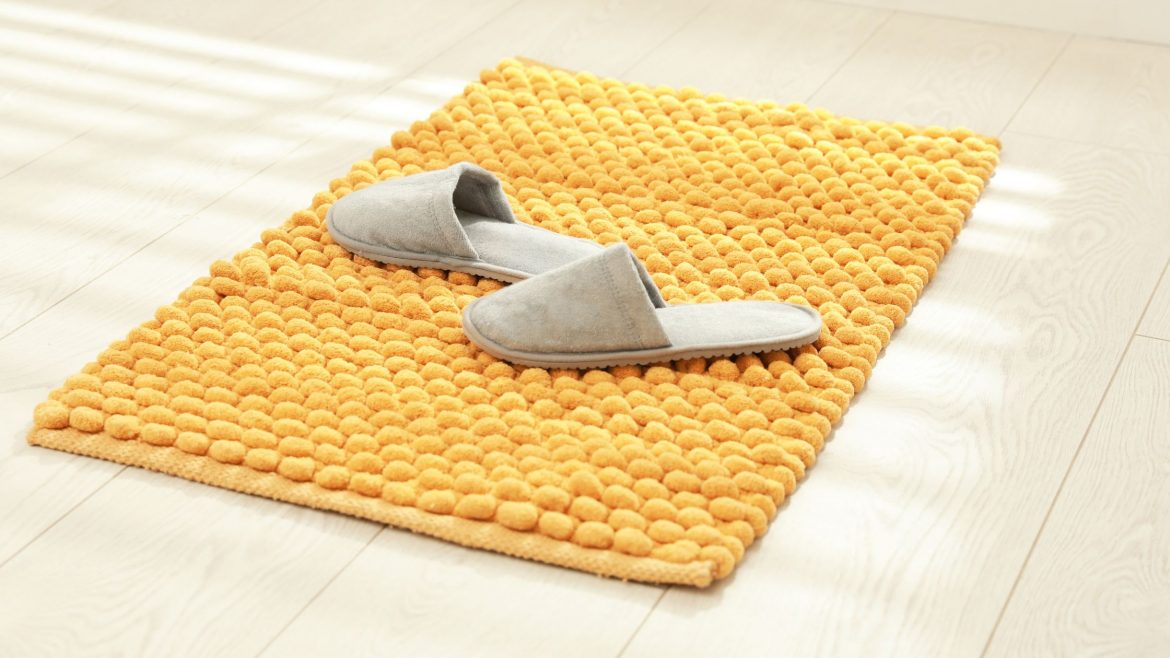A bath mat might not be the first thing that comes to mind when considering bathroom hygiene, but it plays a key role in keeping the space clean and fresh.
These fluffy bathroom essentials sit on the floor, absorbing water and collecting dust, creating a breeding ground for bacteria, mould, and mildew. While towels and sinks are scrubbed down often, the bath mat is easily overlooked—yet it requires just as much attention. So, how often do you need to wash your bath mat?
ALSO SEE: The 101 on washcloths: Why and how often do they need to be changed?
How often should you wash your bath mat?
The frequency of washing depends on how much use the mat gets and the material it’s made from. A general rule is to wash it once a week to prevent the buildup of bacteria and damp-related odours.
In bathrooms with high foot traffic or poor ventilation, a mat might need washing every three to four days, especially if it remains damp for long periods. On the other hand, mats made from mould-resistant materials, such as synthetic rubber or PVC, can go longer between washes—typically every two weeks.
Signs that a bath mat needs washing include visible mould or mildew, a persistent damp smell, or any discolouration. If it feels musty even after airing out, it’s likely due to a thorough cleaning.

Canva Pro
The best way to clean a bath mat
How a bath mat is washed depends on its fabric.
Cotton and microfibre mats can usually be machine-washed at 60°C, which is hot enough to kill bacteria while still being gentle on fibres. Using a mild detergent helps prevent wear over time, and fabric softeners should be avoided, as they can reduce absorbency.
For tougher stains, a paste made from baking soda (bicarbonate of soda) and water can be applied to the affected areas before washing. A gentle scrub will help lift the stain without damaging the fabric.
Rubber-backed mats require extra care to prevent cracking or peeling. Washing them at a lower temperature and allowing them to air dry, rather than using a tumble dryer, helps maintain their structure. Vacuuming the mat between washes can also help remove hair and dust, keeping it fresher for longer.

Canva Pro
When is it time to replace a bath mat?
Even with regular washing, a bath mat won’t last forever. Over time, the fibres wear down, becoming less absorbent and less effective at soaking up moisture. Frayed edges, thinning fabric, and persistent odours that don’t fade after washing are all signs that a replacement is needed. If the rubber backing starts peeling or cracking, it can become a slipping hazard and should be swapped out for a new one.
A well-maintained bath mat not only keeps a bathroom looking clean but also helps prevent bacteria and mould from spreading. With regular washing and the right care, it will last longer and stay fresh, creating a more hygienic space.
ALSO SEE:
Featured Image: Canva Pro

